(1981 – 1989) Porsche 911 Turbo ‘Flachbau’ – Ultimate Guide
The Flachbau Porsche (or Slantnose) was a racing concept brought on the market due to a racing company that had the idea to install the nose of the Porsche 935 race-car into street vehicles.
The aerodynamic is very important in any kind of racing. It can make the difference between the hero and zero. The Kremer Racing was inspired by the Porsche 935 race-car and offered conversion kits for Porsche 930 Turbo. A one-of factory car that looked like the 935 with pop-up headlights proved to be very popular and customers asked Porsche to make that as a series product. But Porsche declined. Instead, the German car-manufacturer offered a special option, which transformed the 930 Turbo into a flat-nose Turbo.
The Sonderwunsch-Programm
Porsche offered the custom Flachbau upgrades via the ‘Special Order Program’ from around 1981. The program was officially called the Sonderwunsch-Programm and it worked on an invitation-only basis, and basically allowed Porsche owners to customize their cars. The updates and customizations available were endless, from performance upgrades, special paint colors, styling mods, and interior colors.
In 1983 Porsche produced a stunning one-of road car for TAG owner Mansour Ojjeh. Based on a 934 chassis, it was designed to mimic the potent 935 racecars and subsequently became the one of the first slantnoses. Both the front and rear sections were made similar to the potent 935 race car which dominated the Group 5 Championship. This silhouette series allowed radical modifications which contributed to the repositioned nose, ultra-wdie flares and extended rear bodywork.
Porsche started out with a 930 Bodyshell. It added a 934’s 3.3-Litre Turbocharged Flat-Six into it, that was uprated to 380 bhp and 361 lb-ft of torque. They also fitted suspension, brakes and bodywork of the 935. The color was called ‘Brilliant Red’, while the cabin was swathed in cream-colored leather and wood veneer. The finished car would soon become a hit, and customers began demanding a ‘Street 935’ out of Porsche as a factory offering.
Making It Official
In 1987 Porsche finally offered the slantnose, called Flachbau in German, straight from the factory. The official designation in the UK was Turbo SE and it is also sometimes referred to as the flatnose. Offered as the ultimate 930 Turbo, the this model had an upgraded body and a 330 bhp engine.
Costing nearly double the standard model, the Flachbau was rarely ordered. Before 1987, Porsche had only offered the Flachbau body option out of Sonderwunschen program, so it becoming an official model was a pretty big deal. Like before, these were handmade cars, not limited to just the Turbo, but the Carrera and Carrera SC as well. In the 1987 model year, these got the M505 option codes for USA for an astounding $23,244 extra and M506 for the rest of the world. For reference, that cost was about 50% of the value of a brand new Turbo.
Despite the panels being slightly heavier, they were modeled after the 935 race car for top speed. The conversion required extended rocker panels, wider rear flares with scooped vents and flip-up headlights up front with functional louvres.
The most obvious difference was at the front, where the fenders and the trunk-lid were at the same level. 945 units were modified by Porsche by dismantling and reassembling already built vehicles right after they came out of the production line. That contributed to the car’s aerodynamic and led to better performances on the road. At higher speeds, the front end was better planted to the road due to higher downforce.
Inside, the Flatnose was fitted with all the bells and whistles available in the Porsche store, with leather interior and bucket seats in the front and leather seats in the back. The instrument cluster was the same as in the Carrera and there was no turbo-gauge. It didn’t feature air-conditioning though, just a ventilation system.
The engine was a 3.3-liter flat-six with one big turbocharger fitted with an optional performance package that raised the power up to 330 hp from the standard 300 hp of the regular 911 Turbo. The result was a better 0-100 kph (0-62 mph) time than its “bug-eyed” brother. With a jump in horsepower, it’s not surprising that the Flachbau was the fastest of all 930 models, reaching a factory claimed 173 mph. Acceleration was rated by the factory at 0-60 mph in 4.6 seconds.
The Flachbau was sold worldwide including in the US. Over 948 models were sold.
Note: These were pretty custom cars so the numbers could be different across the board. Of course, underneath, assuming that your car was a Turbo, it’d still maintain most of the Turbo power figures, also assuming that you hadn’t asked for any performance upgrades while you were at it with your Flachbau conversions. In the case of the 1981-onwards model year cars, this meant 300 hp standard, good for 0-60 in something like 5 seconds, and a top speed of about 162 mph. Of course, for cars delivered to the European Market, most sported the 330 hp performance kit that added a four-pipe exhaust system and an additional oil-cooler, aside from remodeled front bumpers and units bearing the add-on often featured additional ventilation holes in the rear fenders and modified rockers, in the case of the normal 930 Turbo. All this brought acceleration figures down to 4.6 seconds to 60, top speed increasing to 173 mph.
Videos
Pictures


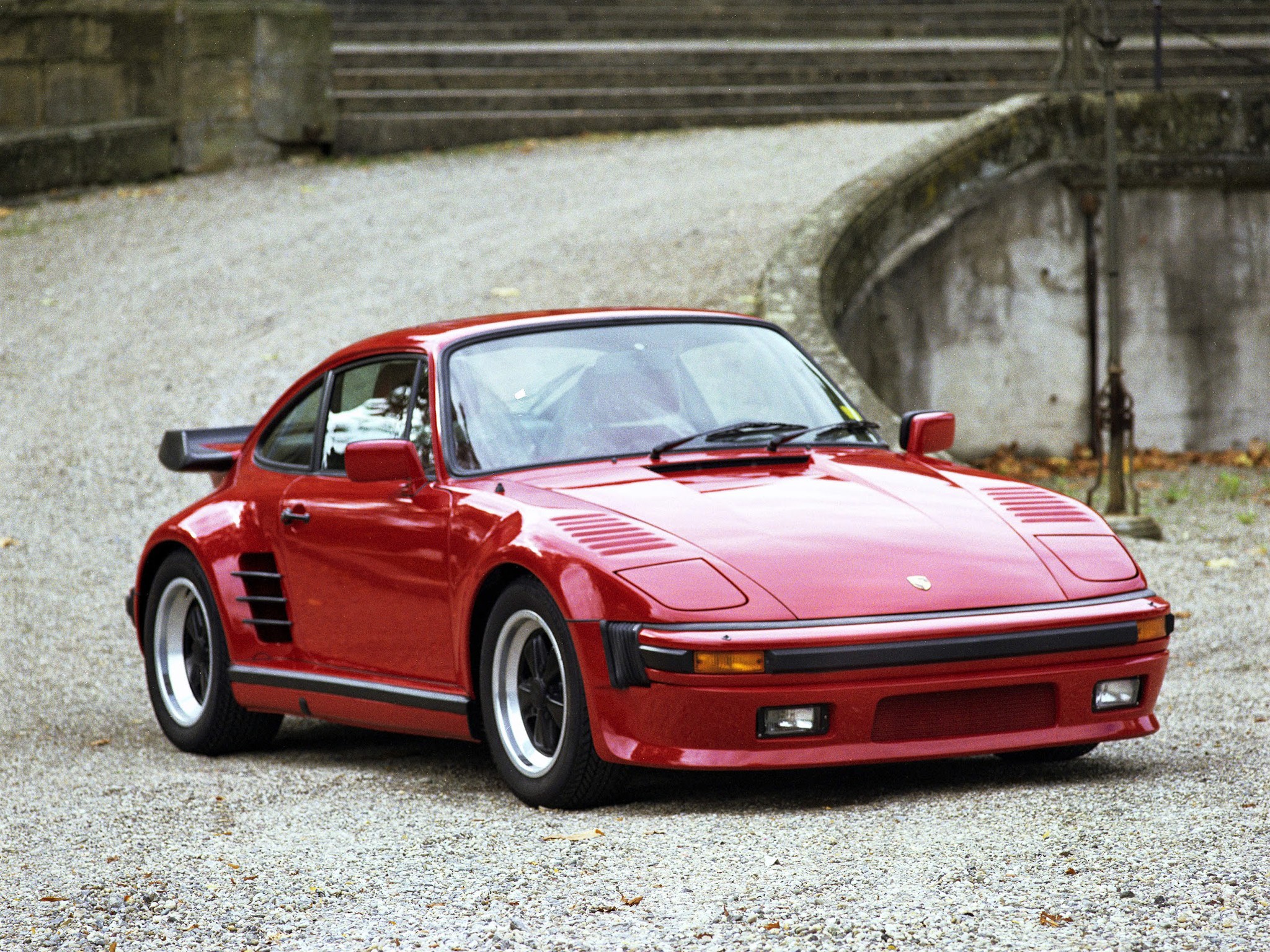

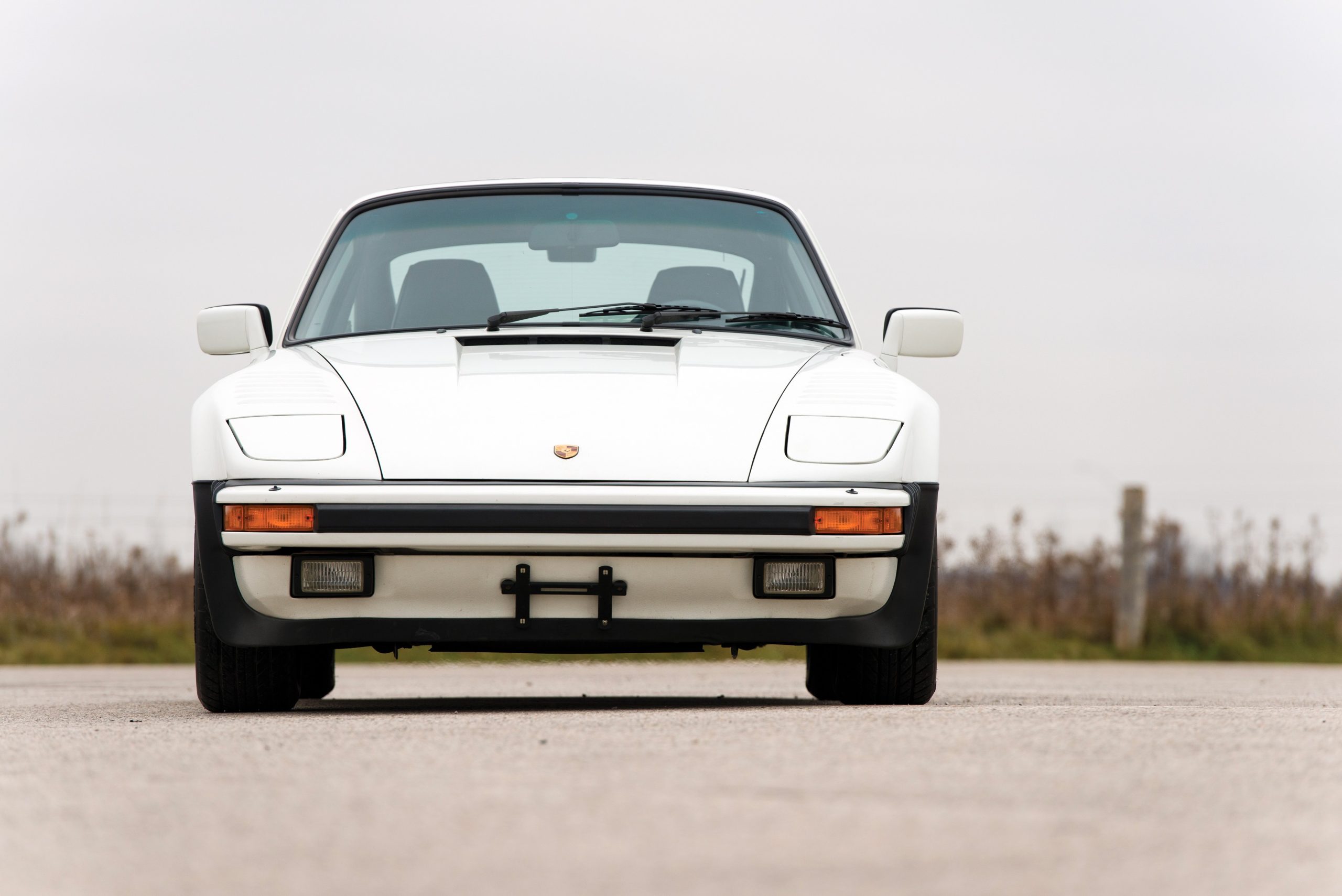
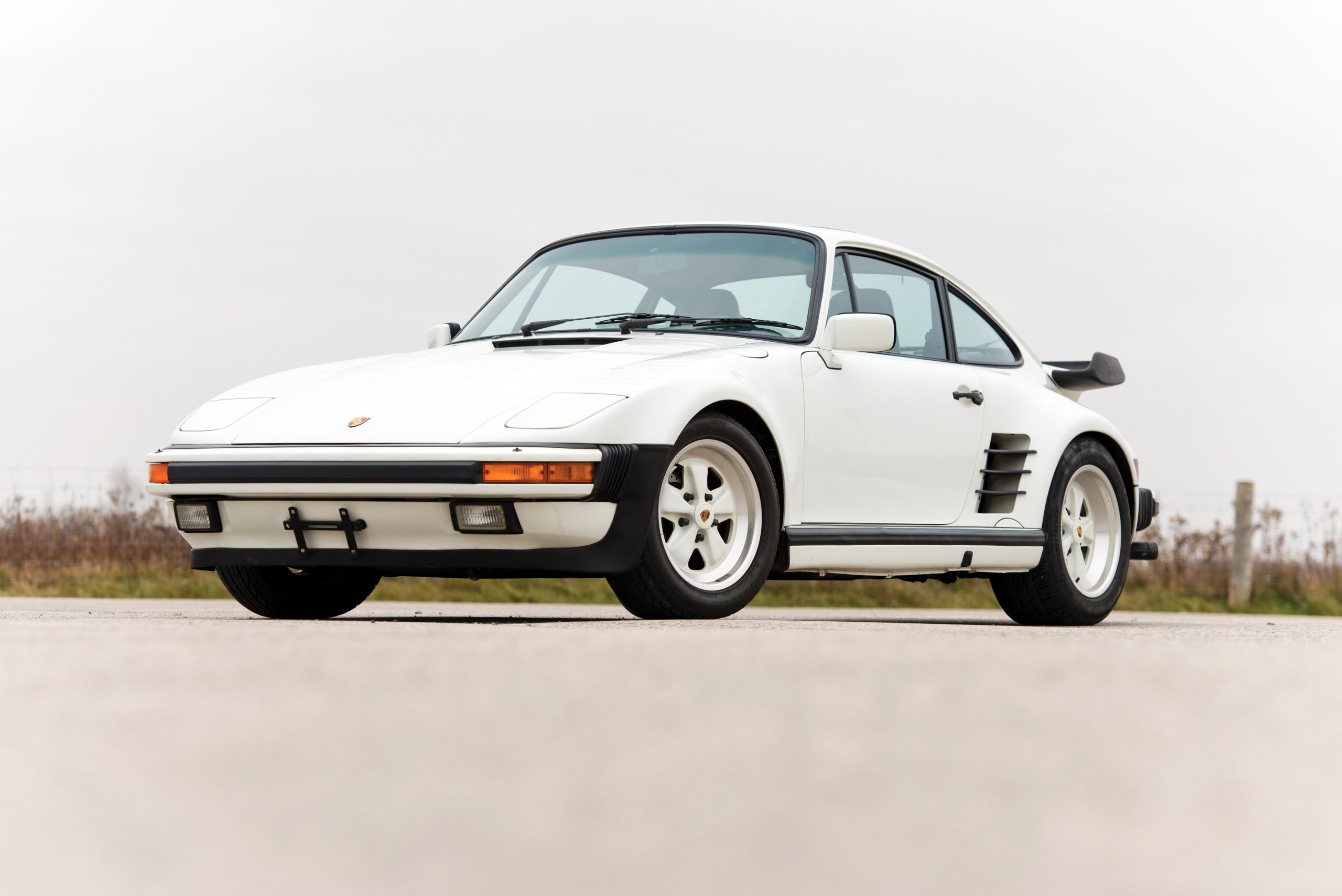
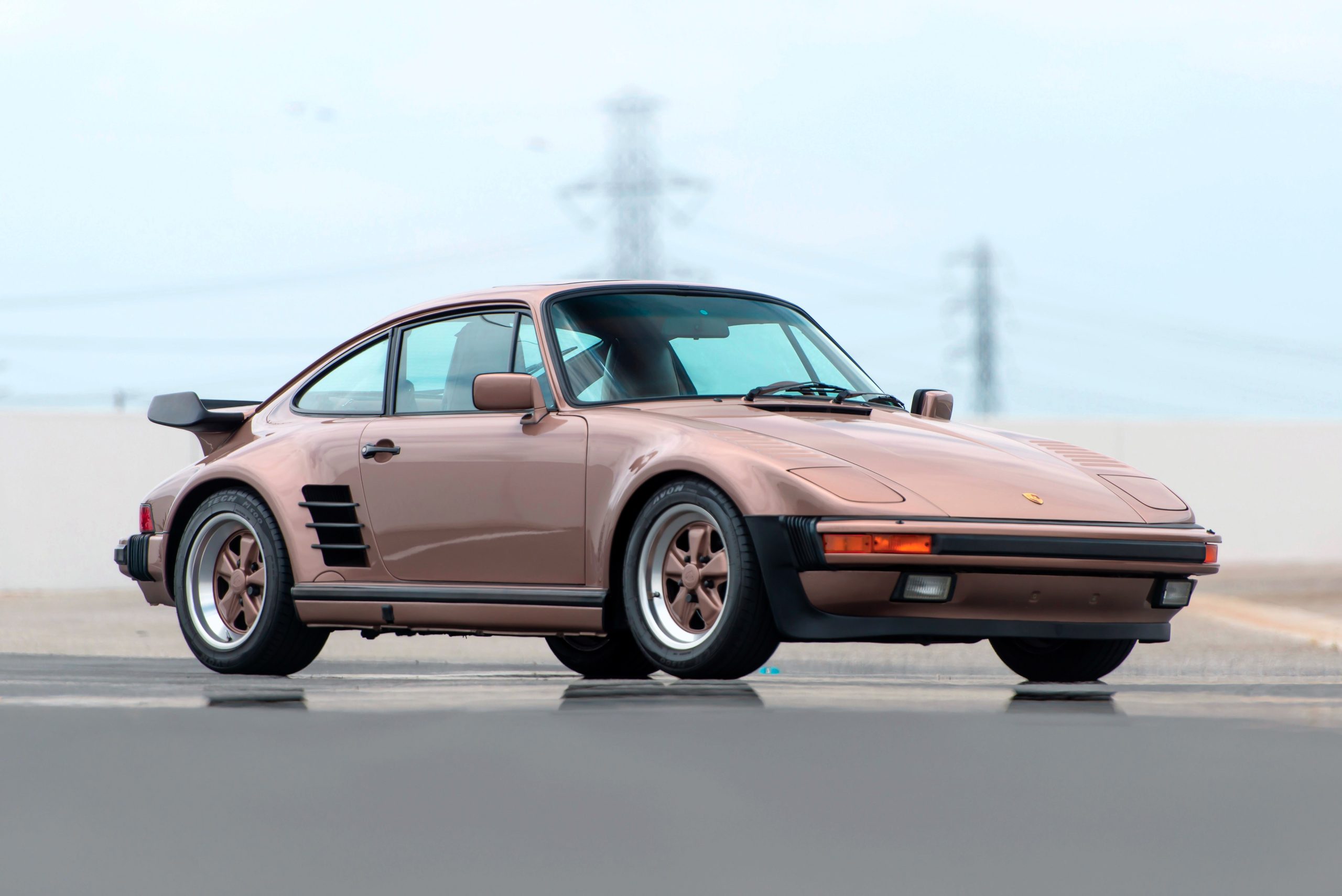
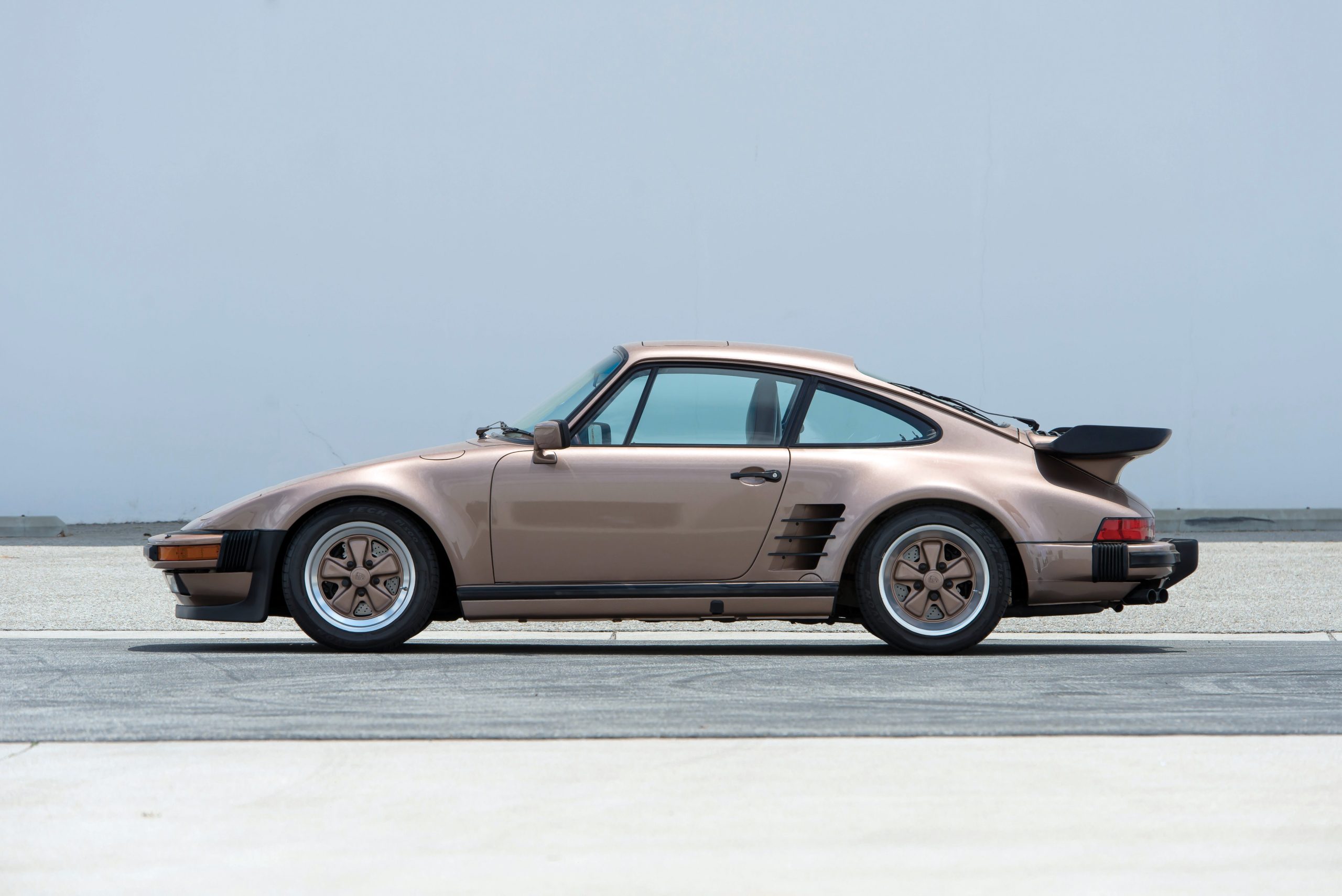
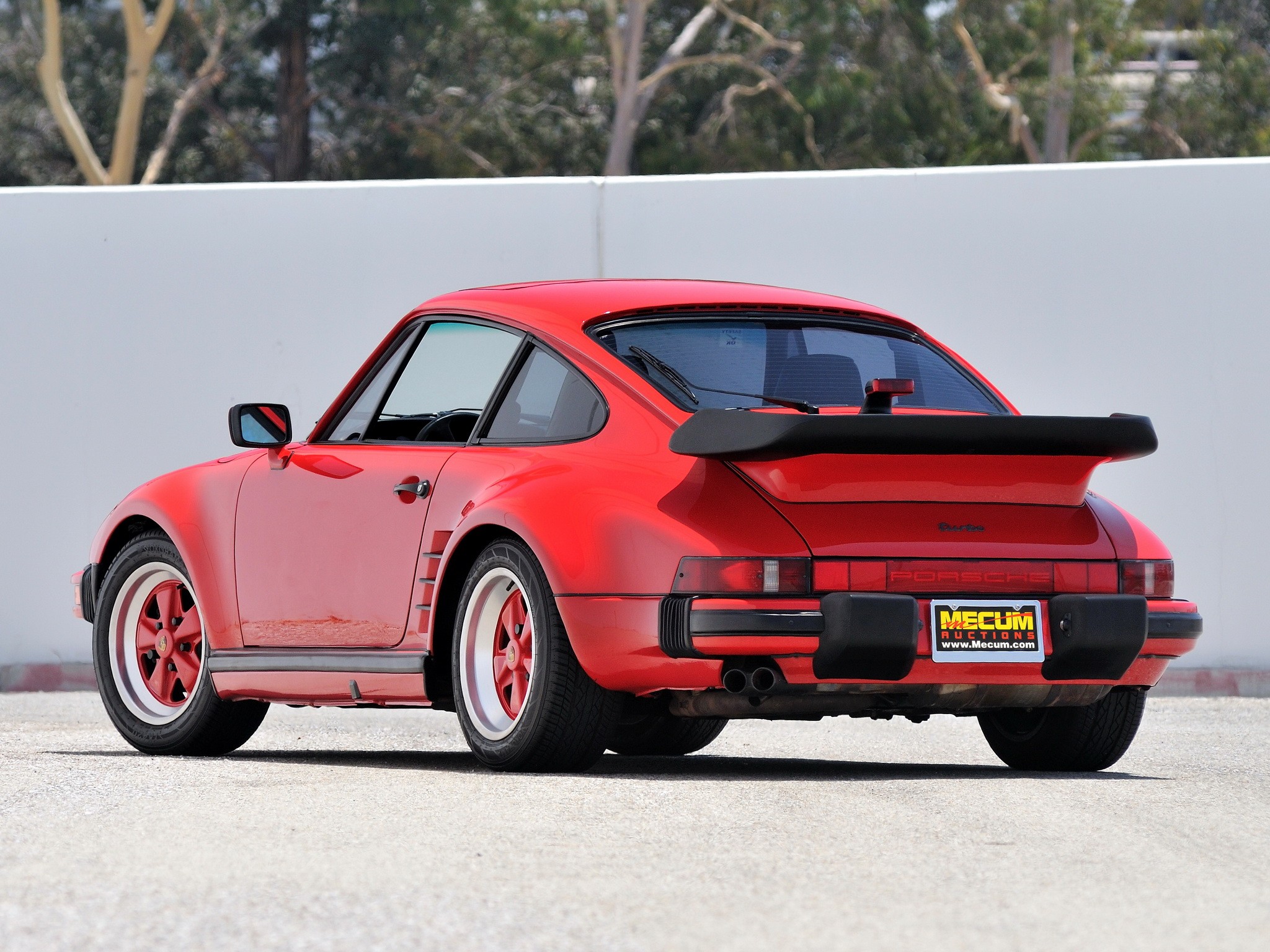
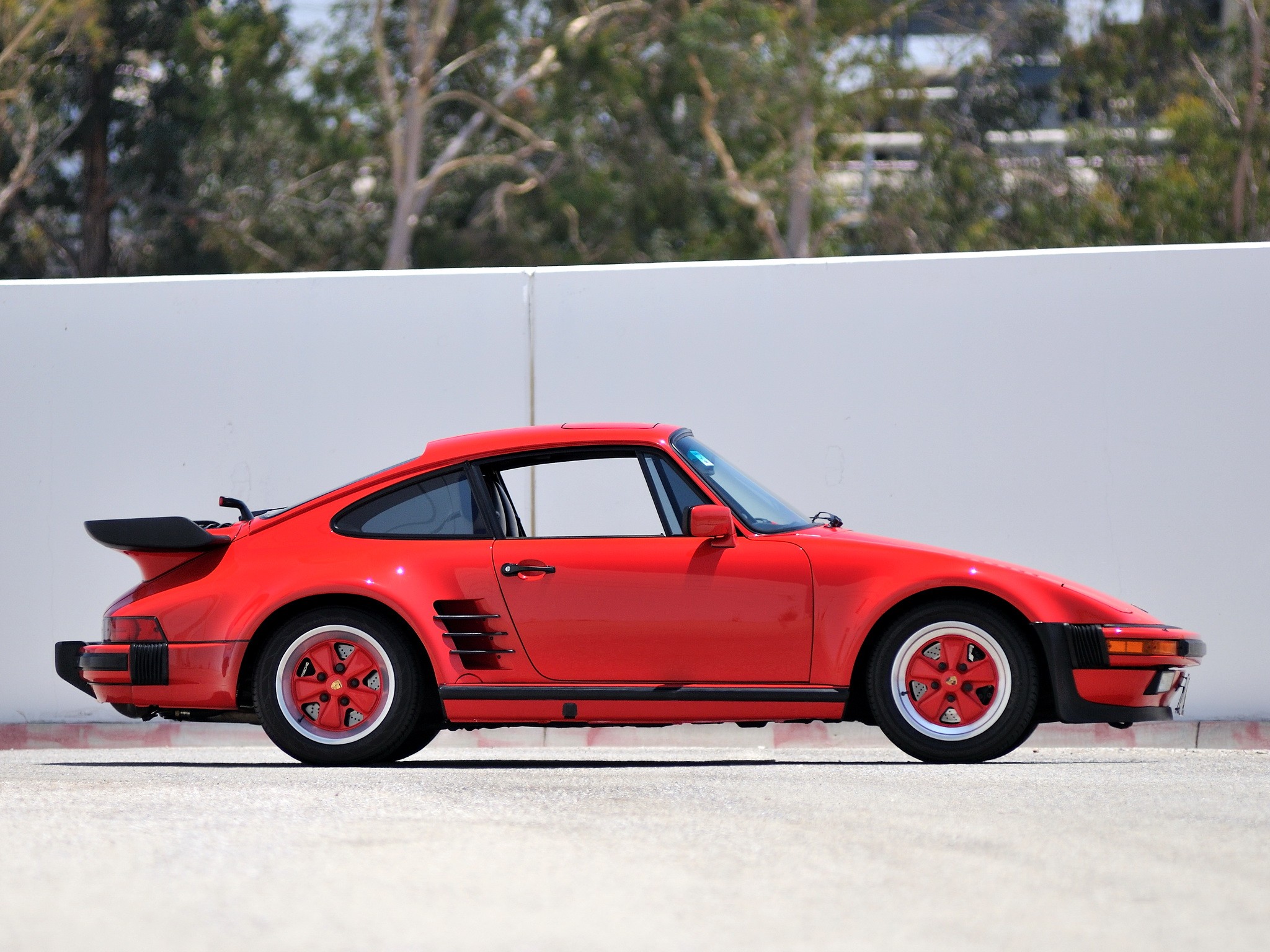
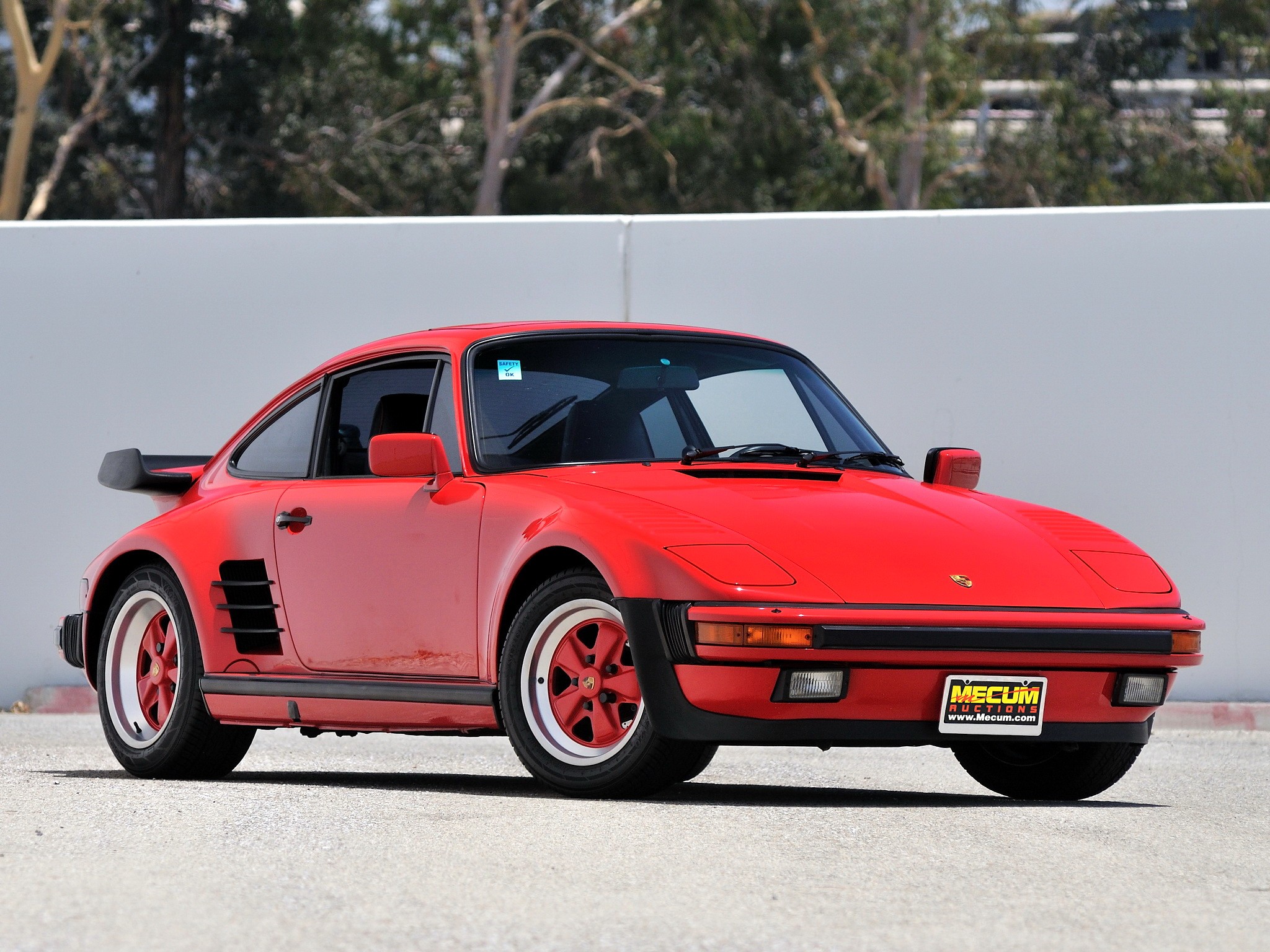
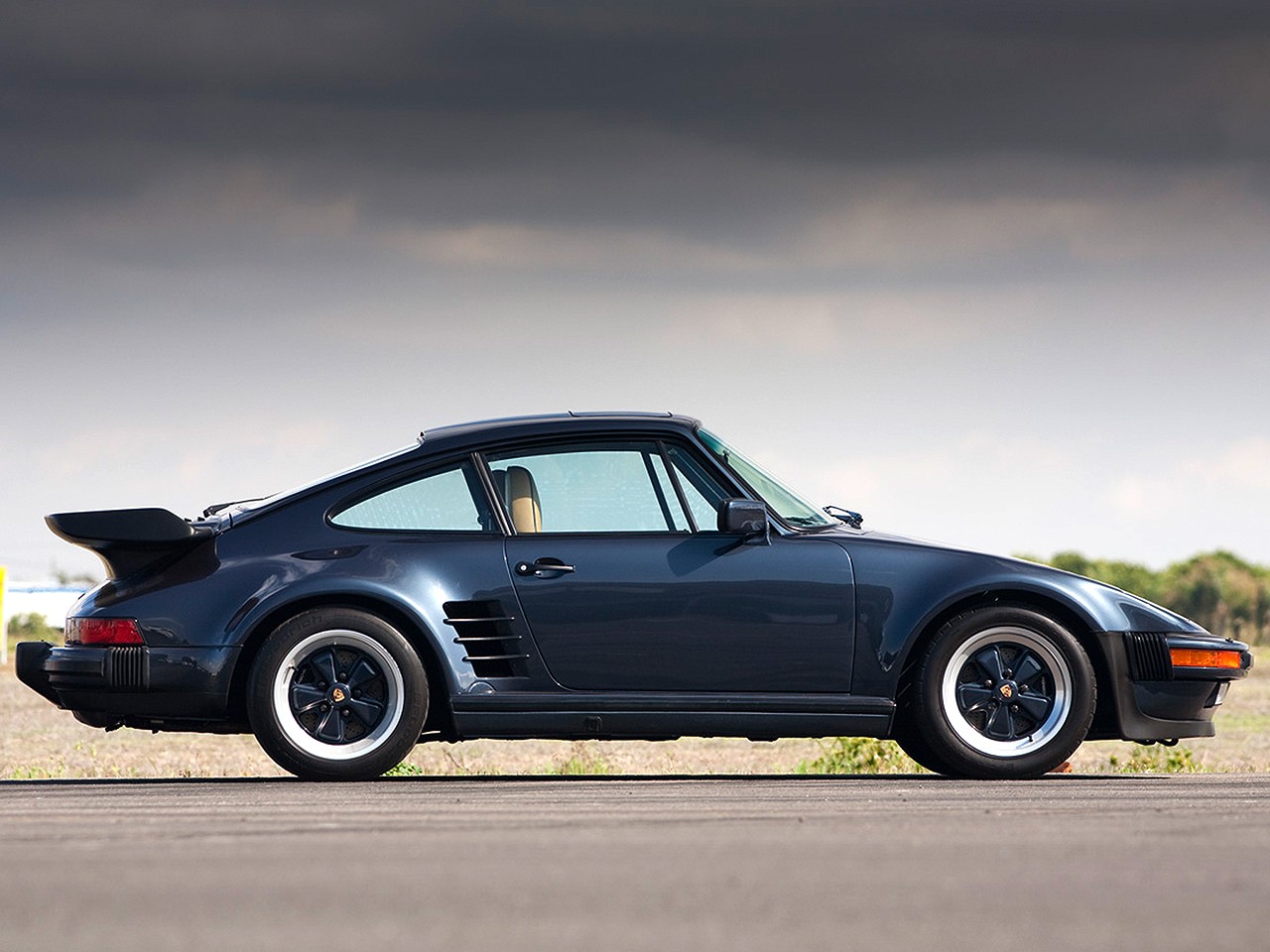


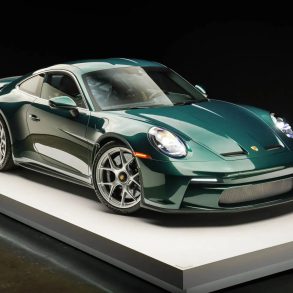

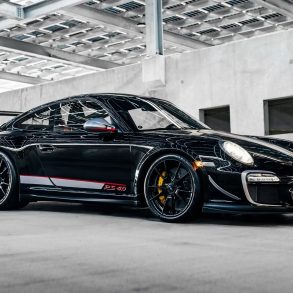

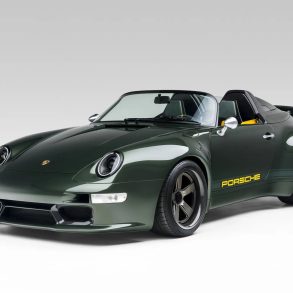
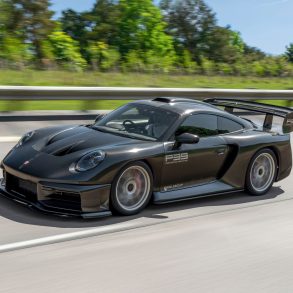

There is nothing quite like the sights, smells and feel of a 930 Turbo. I ABSOLUTELY LOVE MY CAR.
I use to joke with people that it was either, ” Get Married or buy my Porsche ” and I went with the Porsche !!! Was I Joking ?!!
I’m not saying! Have a Great Day !
0